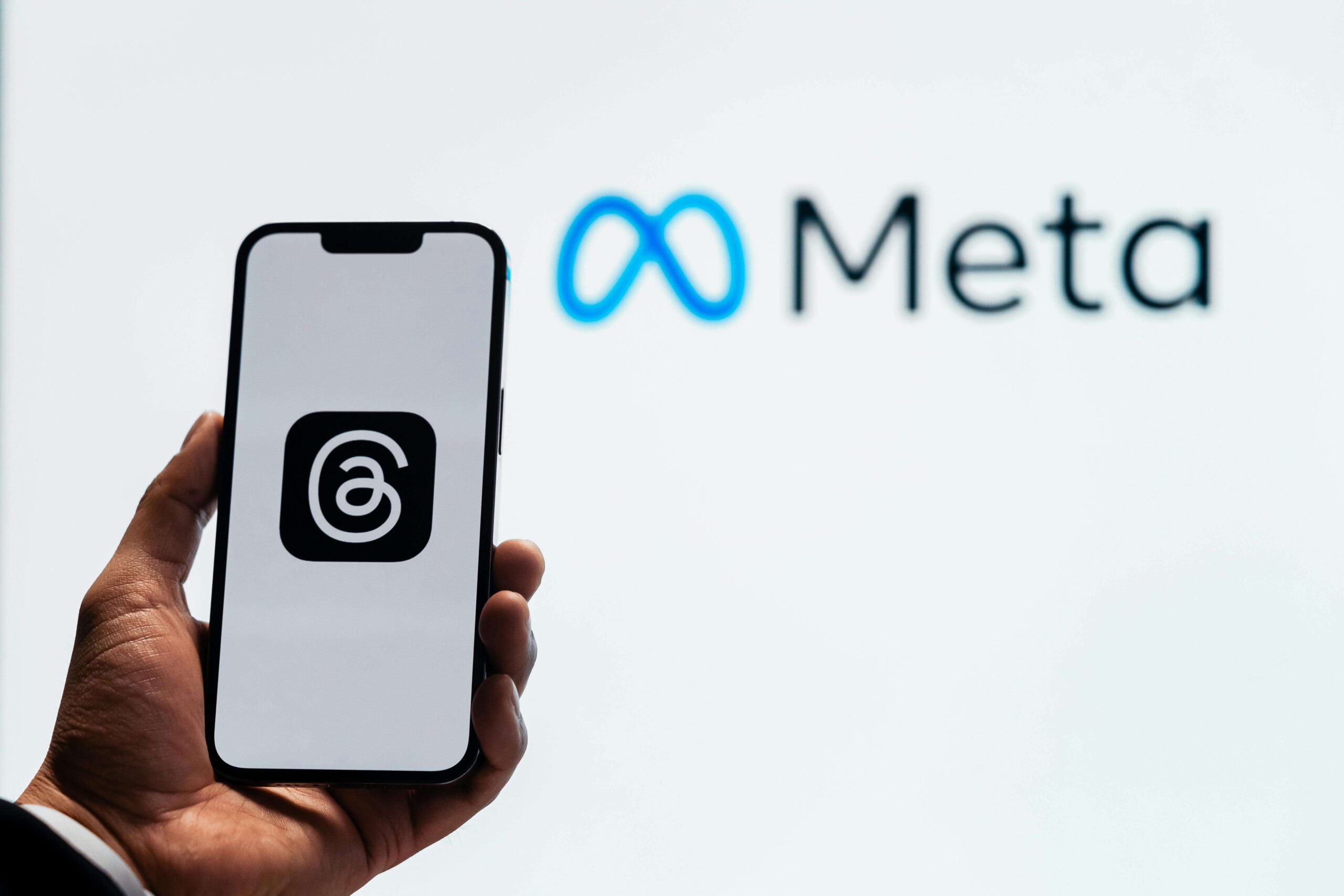Address
E-Learning
Worldwilde
Address
E-Learning
Worldwilde

Learn how to set up Meta Conversion Tracking like a pro to measure ROI, optimize ads, and increase conversions for your business.
In the world of digital advertising, data is the compass that leads to success. Without knowing which campaigns bring results, you’re shooting arrows in the dark. That’s why mastering Meta Conversion Tracking is a non-negotiable skill for any business or marketer running Facebook and Instagram ads.
This comprehensive guide will walk you through everything you need to know—from setting up your Meta Pixel to understanding advanced event tracking, all tailored to help you optimize every dollar spent.
Meta Conversion Tracking refers to the process of collecting data on user actions that happen after someone interacts with your Meta ads (Facebook or Instagram). These actions can be purchases, lead form submissions, page views, phone calls, and more. By tracking these conversions, you gain insight into which campaigns are performing—and which are burning your budget.
It works by deploying a small snippet of code (the Meta Pixel) on your site, which tracks user behavior and ties it back to your ads. When combined with tools like Meta Events Manager and Meta Ads Manager, you can attribute revenue and leads back to specific ads.
With growing competition and rising ad costs, tracking conversions isn’t just helpful—it’s mission-critical.
In 2025, businesses are facing increased pressure to justify their ad spend. Meta’s algorithms heavily rely on conversion signals to optimize delivery and reach the right audience. Without proper tracking, your campaigns will perform like driving without headlights—you might move forward, but you’ll likely crash into wasted budgets.
Moreover, with privacy updates like iOS 17 and stricter browser tracking policies, reliable conversion tracking has become more dependent on server-side solutions like the Conversion API (CAPI). We’ll explore this below.
“You can’t improve what you don’t measure.” — This saying rings especially true in the world of Meta Ads. Without proper tracking, it’s impossible to know if your campaigns are actually making money.
Installing the Meta Pixel via Google Tag Manager (GTM) gives you more control and flexibility:
This simple setup ensures you’re tracking page views, and it forms the base layer for tracking all other actions.
For more detail information check our post in this website, visit here

Meta supports both Standard Events and Custom Events:
Lead, Purchase, AddToCart, and InitiateCheckout.ScheduleCall, DownloadEbook, or SubmitQuoteForm.If your goal is to generate leads through a form, you’ll want to set up a Lead standard event or a FormSubmit custom event that triggers when the user completes the form. This allows Meta to optimize your campaigns for people who are more likely to take that action.
The Conversion API (CAPI) allows you to send conversion data directly from your server to Meta, bypassing browser limitations.
Why it matters in 2025:
Implementing CAPI ensures that your data pipeline stays solid even when users disable cookies or use privacy-first browsers. For instance, if a user completes a form on your website but uses a privacy blocker, the Pixel might not register it—but the CAPI will, if configured correctly.
You can implement CAPI manually (via server) or use platforms like Zapier, Shopify, or WordPress plugins to bridge the gap between your server and Meta.
To truly harness the power of Meta Ads for lead generation, you need to track offline and non-standard events:
Imagine running a dental clinic. You launch a Meta ad campaign to get people to book free consultations. With proper tracking, you can identify exactly which ads led to someone calling your receptionist to book a slot. You no longer guess—you know what’s working.
Once tracking is in place, it’s time to put the data to use:
Lead).The more data you feed into Meta, the smarter its AI becomes at finding the people who matter.
Use Meta’s Event Testing Tool to make sure your Pixel and events are firing correctly. Key things to check:
This isn’t a one-and-done task—regular testing is vital to ensure you’re not flying blind.

Here’s what we’ve learned from running hundreds of lead generation campaigns:
Tracking isn’t a checkbox—it’s a living system that should evolve with your goals.
Meta Conversion Tracking isn’t just a technical task—it’s a strategic advantage. When done right, it transforms your ad account from a cost center into a predictable lead-generation machine.
🚀 If you’re serious about scaling your business with Meta Ads, don’t overlook your tracking setup.
🔧 Want help implementing Meta tracking the right way? Book a consultation here.
📩 Want to stay updated?
Join our free community and get notified when new tutorials, strategies, and resources drop.
[…] 💬 “Advertising doesn’t cost, it pays—if you know how to play it. Meta Ads just give you the playbook.”📩 [Book Strategy Call Here]📚 Check Out Our Blog Post on Meta Conversion Tracking → […]
[…] 💬 “Automation isn’t the future—it’s the present. Meta just makes it yours.”📩 [Book a Call or Get a Quote Here]📘 Want to dive deeper? [Check out our full guide to Meta Conversion Tracking] […]
[…] 💬 “Advertising doesn’t cost, it pays—if you know how to play it. Meta Ads just give you the playbook.”📩 [Book Strategy Call Here]📚 Check Out Our Blog Post on Meta Conversion Tracking → […]
[…] 💬 “Advertising doesn’t cost, it pays—if you know how to play it. Meta Ads just give you the playbook.”📩 [Book Strategy Call Here]📚 Check Out Our Blog Post on Meta Conversion Tracking → […]
[…] 💬 “Advertising doesn’t cost, it pays—if you know how to play it. Meta Ads just give you the playbook.”📩 [Book Strategy Call Here]📚 Check Out Our Blog Post on Meta Conversion Tracking → […]
[…] FREE resources you can read about the topic: Meta Conversion Tracking, or Book a call so we can do it for you […]